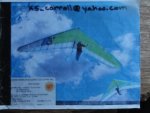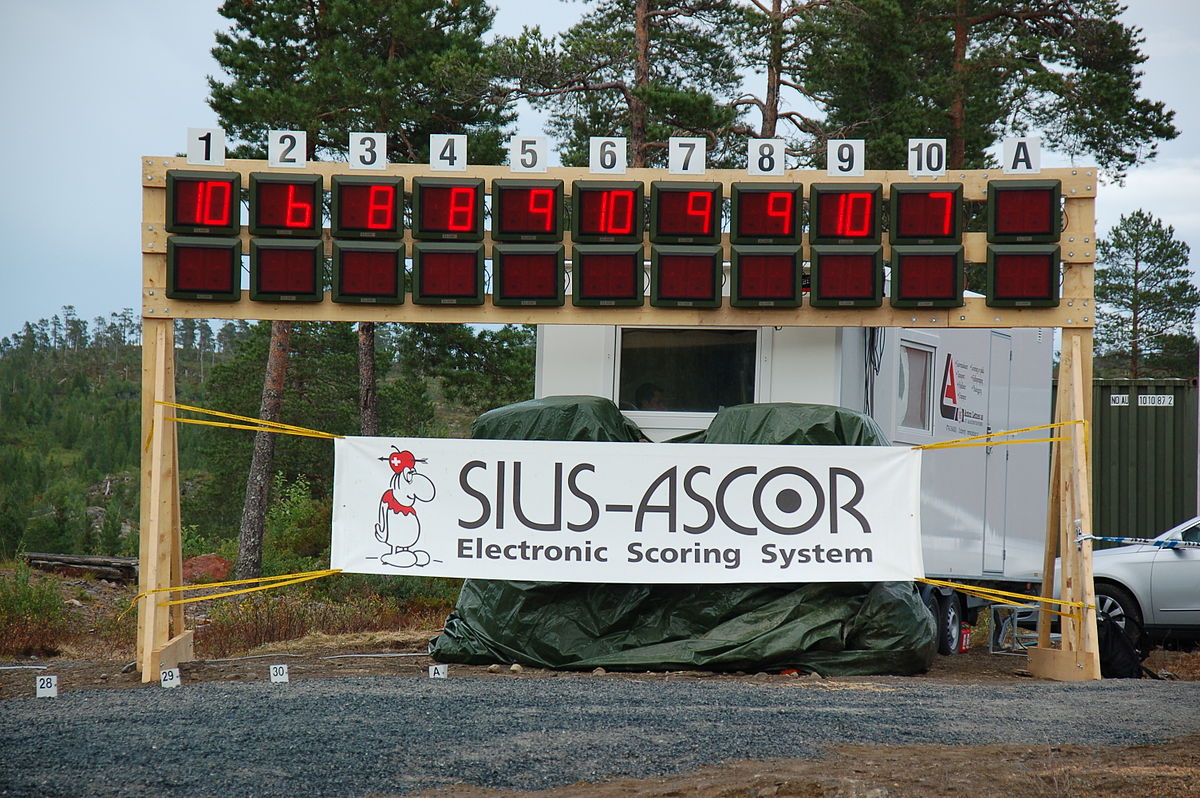Im sure I have missed it somewhere, but what specific changes (if any) are happening to the regular V-22?
To outline the differences between the Gen 1 and Gen 2 designs, I'll go component by component below. Please remember, the Gen 2 is specific to the Magnum calibers, not the 22LR.
Receiver: Revision to component that ultimately provides the bore for the bolt nose. Gen 1 had lugs machined into receiver body and the bolt nose bore was provided by a separate component. Gen 2 receiver body now has the lug abutments and bolt nose bore provided by the same component so the axis for the lugs and bolt nose are common. Accomplishing this wasn't easy. I also added an Anti-Rotation feature that keeps the bolt nose true about it's axis while raising the bolt handle. New articulated bolt release design to allow further rearward movement of bolt so longer unfired magnum cartridges can be extracted and ejected.
Bolt Body: Removed threaded interface for shroud because there was no torque applied between shroud and bolt body (old Remington DNA because this platform was originally supposed to be the re-introduced Remington 40X before we wrapped Vudoo around the design). Created better concentric alignment between shroud and bolt body and created a lug locking system to allow tool-less disassembly of the bolt assembly. Eliminated pinned interface to attach bolt body and improved concentric alignment between bolt nose and bolt body. Added locking lug system between bolt nose and bolt body to allow tool-less disassembly of bolt assembly. Added channel for new bolt stop to ride in while opening and closing the bolt, bolt stop no longer engages left lug (looking forward) to stop rearward movement of bolt.
Bolt Nose: Added bolt stop surface for new articulated bolt release. Added channel for Anti-Rotation pin to ride in as bolt moves fore an aft. Removed pin groove and added locking lugs to engage features in bolt body for tool-less disassembly.
Shroud: Completely nuked the remaining Remington DNA and went to a new cocking piece which now resides in a pocket in the enclosed shroud and use a single locking lug to engage features in the back of the bolt body. Much improved concentric alignment with the bolt body.
Firing Pin: Removed pinned interface for tired Remington cocking piece design, added threads for new cocking piece. Rear of firing pin protrudes through shroud and has a hole for unlocking shroud from the bolt body. For those with enough hand strength, the hole isn't necessary. For those needing a little leverage, a simple pin punch can be used to unlock the shroud. New for Vudoo Crescent Impact tip.
Firing Pin Spring: Since the improvements in the bolt assembly yielded my goals to reduce/eliminate drag, I designed a new firing pin spring that's approached a little differently than what's typical. The new spring has a lower rate but the system as a whole provides more energy. Due to the lower rate, the felt resistance while raising the bolt handle is reduced. Most of this work happened while designing the V-22S because it's a three lug and I didn't want the typical heavy bolt lift and I was able to move the revisions into the V-22M.
Cocking Piece: Part of all the work to reduce/eliminate drag required yet another study on triggers and to provide consistency in ignition, the variation from one trigger to another, one brand to another had to be dealt with, so I reached out to Flavio Fare in Italy. I worked closely with his Son, Fabio (I know, you're now wondering about all the Harlequin novel covers) and in a short amount of time emailed SolidWorks models. The result is two new Vudoo triggers for BR and Repeater use that have a vertical sear face instead of the 60 degree angled face. No more upward force on the back of the bolt body and I'll stop here so we don't go down all the rabbit holes about this.
It's important to note that we cannot "update" the Gen 1 V-22 to these new features. Part of doing what we do is to continually push ourselves and the industry and what I've written above is the result. This type of progression should be considered normal for anyone or any company that makes a claim to be "innovative" and clearly, Rimfire World wins again.
MB



